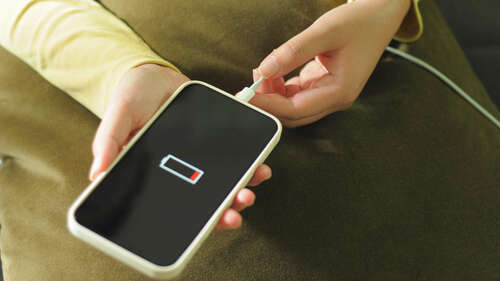
One of the danger signs you’ll most likely spot first is fairly simple: Your battery drains faster than it should. iPhones use lithium-ion batteries, which are made to last a certain number of cycles. A cycle is not counted by every time the phone charges, but by every time the battery is drained to 100% of its capacity. As an example, a cycle can be using 75% of the phone’s battery and then charging it, but it doesn’t end there. If you use 25% the next day, that still represents a complete cycle even with the interruption to charge.
As the battery ages chemically, you may notice that you’re going through charge cycles more quickly. This impacts the life expectancy of the phone itself. As the battery degrades and you go through charge cycles more quickly, meaning the phone itself needs to be charged more frequently. A phone battery that depletes faster than you know it could be an indication that it’s on its way out.
A good way to prevent this problem is to take care of battery health before issues ever crop up. Avoid charging your phone over 80%, do not leave it to charge overnight, and plug it in before it hits 20%. That’s the basic TLC for a lithium-ion battery, and it could prolong your battery life. However, eventually, if you use your iPhone long enough, the battery will start to fail — that’s just how it is.

